Rising Human Rights in supply chain risk and responsibilities: A Cambodia case study
Written July 21, 2020
Some weeks back, this young lady was thrown in a crowded Cambodian jail for a facebook post.
Soy, who made bags in a supplier making for fashion brands like Michael Kors and Kate Spade , did in April what many of us do by expressing on social media her concerns that workers from her factory would be laid off in the midst of the coronavirus pandemic.
The next day she received a summons to her supervisor’s office where she was requested to sign a document with a warning and admission. She refused to sign and returned to her work gluing and sewing bag handles, but later was summoned to the office again where police were waiting, who interrogated her, then threw her in an overcrowded prison, which Amnesty Intl have described as a “ticking timebomb” for COVID-19.
What does this have to do with Investors in ESG you may ask?
Here are 5 aspects your ESG work should be considering:
1. Freedom of Expression is a Human Right business should respect, and under the UN Guiding Principles on Business and Human Rights, companies are increasingly now making statements to say they respect human rights in their value chain, as they should, as buyers have leverage. This is a basic step towards Social impact.
The EU announced March that they are drafting laws for business human rights due diligence including for labour and environmental standards in global supply chains. Switzerland, Germany and now the Netherlands now have movements calling for their governments to follow in the footsteps of France and introduce business human rights due diligence laws, and regarding supply chain labour standards.
2. Using leverage can be done. In past years companies such as Adidas had their Social experts on the ground in countries like China engage local government to get workers in their supply chains freed if unjustly jailed and subject to human rights abuses.
Adidas topped the Corporate Human Rights Benchmark with a Human Rights Defenders model which publicly outlines this leadership that civil society expect of business. We could share other examples of companies using leverage to engage suppliers to cause rights improvements (social impacts, SDGs) for workers across Asia in particular.
3. The fact that this situation could occur in the supply chain of the fashion brands Michael Kors and Kate Spade, and then hit media and a public campaign by labour standards activists should have shown up in Investor ESG ratings already as these companies have poor responsible sourcing programmes. And we all know that good ESG performance indicates potential financial good to out-performance anyway. So it’s in investors interests to understand the weaknesses in companies ESG/ “responsible sourcing” programmes to either engage them for improvement or screen them out for underperformance risk.
The guidance for compliance with a USA law against imports of goods made under forced labour conditions explicitly encourages companies to collaborate in industry initiatives, yet Kate Spade’s rather short and brief Modern Slavery statement shows no mention of the initiatives other fashion retailers collaborate in to train and monitor Cambodia and other supplier factory labour and human rights standards.
4. These companies should have been aware of the higher human rights risks in Cambodia supply chains, as ESG raters like the Aviva funded Corporate Human Rights Benchmark, and upcoming World Benchmarking Alliance are driving. The rights context in this country has been deteriorating, and towards good ESG performance, companies should be conducting Human Rights Impact Assessments and briefing their Board on such risks so as to get ahead of issues with training and expectations setting with suppliers, and robust monitoring and stakeholder engagement.
5. As for the Supplier Superl Holdings from Hong Kong which owns the Cambodia factory, this case should help Investors learn more about ESG in Asia manufacturing. I worked with this company years ago, although before their Cambodia expansion. They had decent standards in their China factory, but we ongoingly engaged to move from a C grade to B (most China factories struggle to get excessive overtime work hours under control).
The lesson though should be that ongoing ESG engagement is needed as companies expand to new companies, perhaps change management personnel, or go through other changes which may result in having leadership “drop the ball” in ensuring good ESG and respect for human rights throughout their operations.
SupplyESChange team of Supply Chain Environmental and Social Change advisors help guide in ESG in Supply Chains. Join our mailing list below for more insights.

